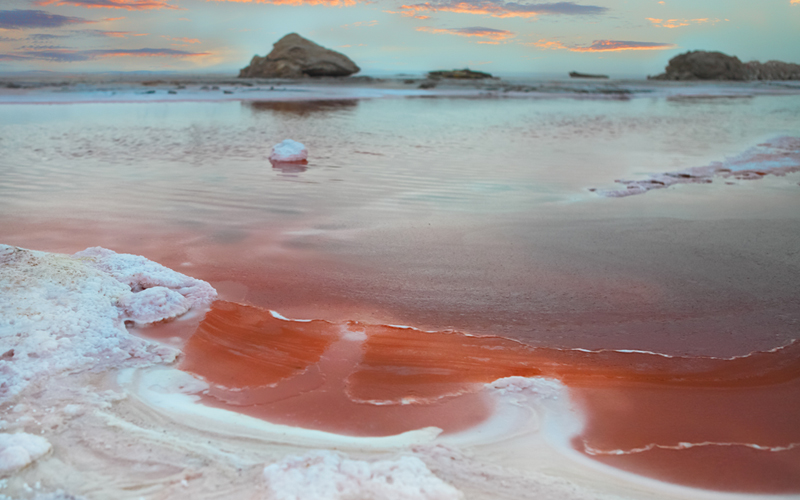Look out, France and Italy. There’s a country on the other side of your glorious Mediterranean pond looking to dip its feet in the wide world of wine tourism. With over 3,000 years of winemaking history, Tunisia’s ready to grapple with grapes and show everyone what its winemaking culture is all about.
It’s believed that winemaking practices were introduced to Tunisia by the Phoenicians when the city center of Carthage was erected. Although Muslims came to power in the 800s, winemaking never entirely left. Fast forward 1,200 years. There are still over 75,000 acres of land under vines in this sunny, Mediterranean nation, though only half are dedicated to winemaking. More than half the wine production is rosé, with 25 to 30 percent reds and less than 10 percent white production. Almost all Tunisian wine is consumed domestically, though winemakers desperately want change. Capital FM reports that winemakers are hoping for the creation of an archaeology-wine hybrid tour route, with the goal of educating consumers about Tunisia’s long history, both architecturally and viticulturally. Winemakers attribute the lack of international recognition to the fact that marketing strategies simply don’t exist in this historically important winemaking country.
There are seven official appellations in Tunisia; Grand Cru Mornag, Mornag, Sidi Salem, Thibar, Coteaux d’Utique, Kélibia and Coteau de Tébourba. The main varietals are Carignan, Grenache and Cinsault. Muscat d’Alexandria is the most commonly grown white varietal, though still grown sparingly.
The biggest export markets are France and Germany, with minimal exports to the United States, Belgium and Russia. But if this new tourism plan goes well, Tunisians hope the export market will become much more significant.

